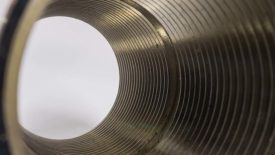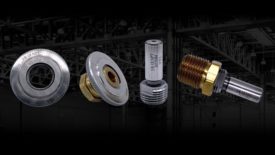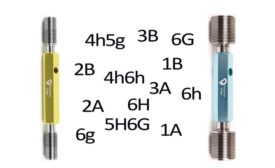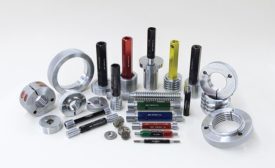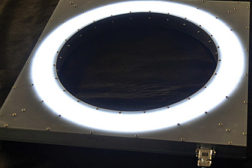Home » thread gaging
Articles Tagged with ''thread gaging''
Test & Inspection
Gaging systems can fundamentally be categorized into three groups.
Read More
Quality 101
Pre-Plate Threads: 60° Thread Form
Nobody wants to make or sell a custom gage you can’t use and are unable to return.
May 3, 2024
Test & Inspection
How Do Tap Limits Affect Gage Selection?
It is not always as simple as it sounds.
November 2, 2023
Quality 101
Taper Pipe Thread Inspection, NPT
If you take care of your gages, they will take care of you and the parts you manufacture.
March 2, 2023
Other Dimensions | Hill Cox
Thread Ring Gage Calibration
The basic advantage of the solid thread ring is that it does not have a size adjustment that can be changed.
April 8, 2021
Gages for Screw Thread Inserts (STI)
It is critical for both the gage manufacturer and the metrology lab to know the industry standard for the gages being manufactured or calibrated.
November 2, 2020
Thread Classes and Setting Plug Gages
Product tolerances and dimensions always dictate the gage tolerances and dimensions.
October 1, 2019
Stay in the know with Quality’s comprehensive coverage of
the manufacturing and metrology industries.
eNewsletter | Website | eMagazine
JOIN TODAY!Copyright ©2024. All Rights Reserved BNP Media.
Design, CMS, Hosting & Web Development :: ePublishing

